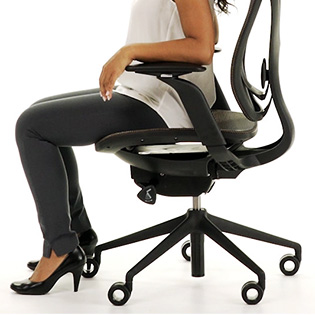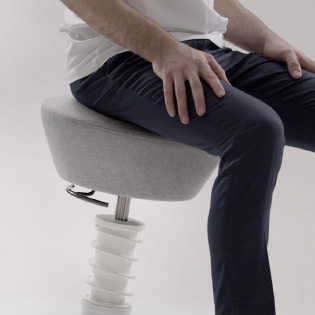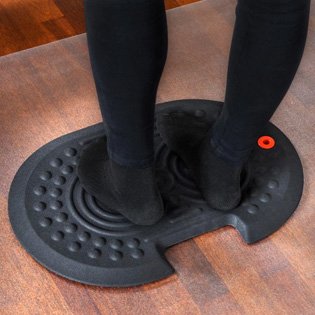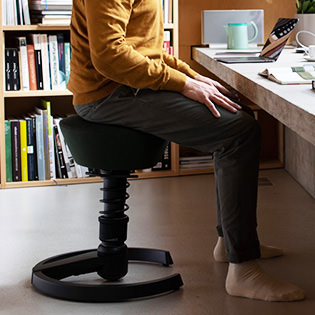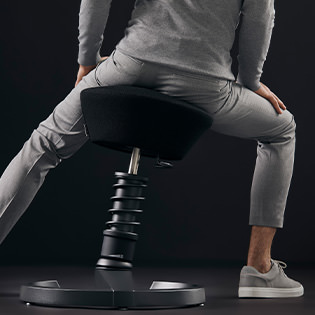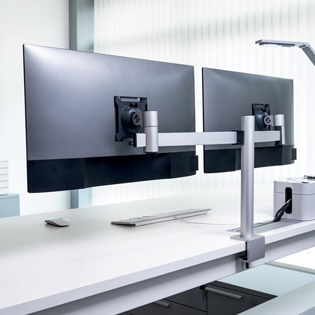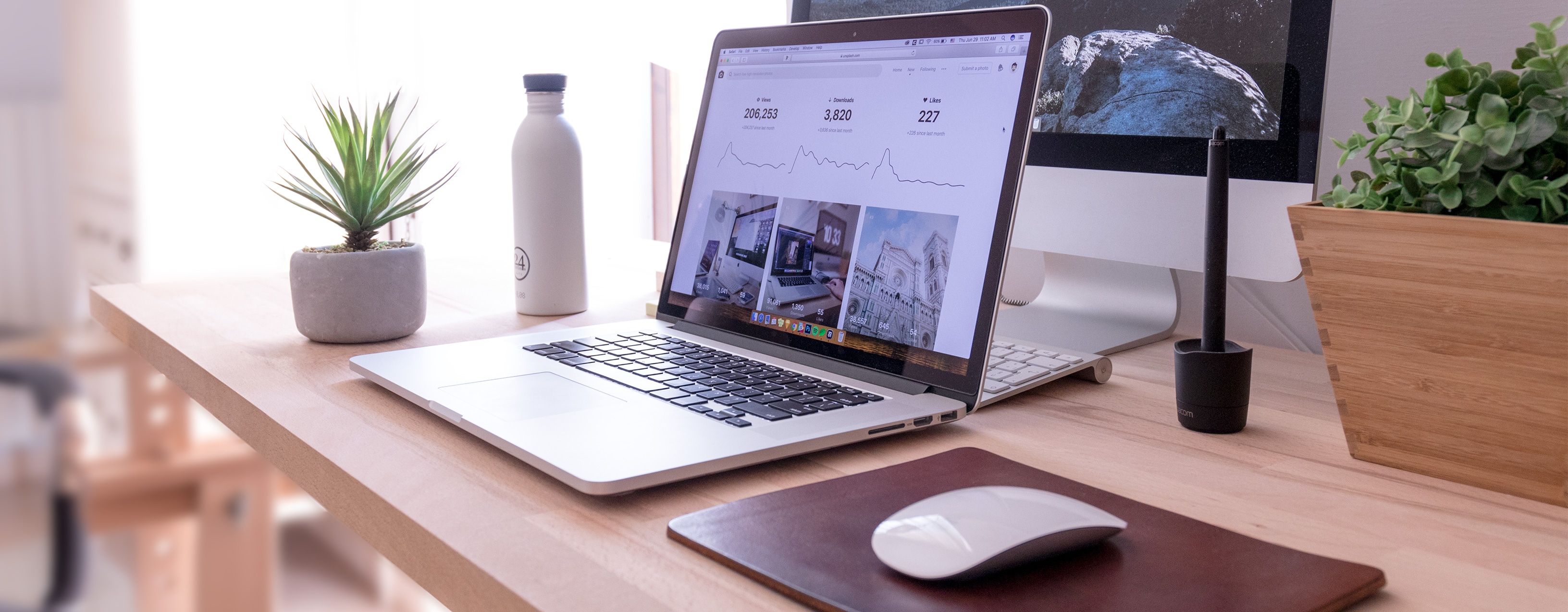Why Ergonomics Are Crucial To Hybrid Workplaces – And How To Incorporate Them Into Your Business
By Samantha Bench | December 17, 2021
As the modern workplace has become unmoored from the traditional office-only setup for so many of us, it’s now especially important that we not forget about ergonomics. Poor ergonomics plays a role in the hundreds of thousands of injuries and strains logged in private industry for 2020.
The results of this include employees taking more time off, higher insurance premiums, and long-term health issues. The knock on effects of all that are in decreased morale, lower productivity, and poorer company reputation. How do we head off all these challenges to support health and wellbeing?
The Basics Of Workplace Ergonomics
There are many areas where ergonomics can be optimized at work. However, at their core ergonomics issues can be traced back to two things: equipment setup and patterns of work.
Proper Setup
Now that so many employees are working partly or entirely from home, it’s vital that home desk setups be as well-equipped and adjusted as the best office counterpart for qualities. This includes home office equipment like chairs to improve leg blood circulation and posture. It also includes improving employees’ awareness of how to use equipment to maximize ergonomics, such as adjusting chairs for height and lumbar support.
Working Patterns
From the ancient Greek root ergon, the term ergonomics actually equates to ‘patterns of work.’ This means that how, how often, and how long we move are all crucial elements of working.
Excessive time spent in the same sedentary position doing repetitive tasks has produced a generation of Americans with back problems and repetitive strain injuries. We need to keep moving to stay healthy, and integrate that philosophy into our workday.
How To Incorporate Ergonomics Onsite And Offsite
Given the above issues, naturally it’s important to make sure employees have the right equipment and are trained in using it to match their needs. Companies also need to implement best practices to encourage movement and exercise at work.
Employee Needs
A key line of attack in promoting wellbeing lies in human resources. Good HR managers pay attention, and the best HR managers are often called so because they have extensive training and education in the principles of HR. A robust business administration program can provide managers with an understanding of employee needs. Courses on human resource management especially help develop an understanding of how putting employees first can increase retention.
A company that promotes workplace health is one where employees feel supported, and thus happier and more productive. HR managers need to be implementing plans to encourage a health-focused workplace culture, and ergonomics plays a prominent role in this.
Office Layout And Subsidies For Work From Home Equipment
At home, it’s amazing how many employees continue to use temporary setups such as sitting on kitchen chairs or crouching over coffee tables for hours on end. Thus, it’s important for employees to have adjustable equipment, as well as training sessions and a reference guide on how to set them up.
One trend in modern workplaces emphasizes movement-maximizing ‘microbreaks.’ Equipment such as sit-stand stools can help employees feel comfortable moving around when they need to. While upfront costs for equipment may seem steep, these investments will pay back over the long run in terms of better productivity and lower health insurance payouts.
A Great First Step
Of course, ergonomics as a field is more complex than simply having the right office or home office equipment. However, even just focusing on the basics of physical health contributes positively to that dimension. If companies want to boost morale and keep employees happy, sometimes a comfortable chair and desk is the best place to start.
Prepared by Samantha Bench for the sole use of ergify.com.
